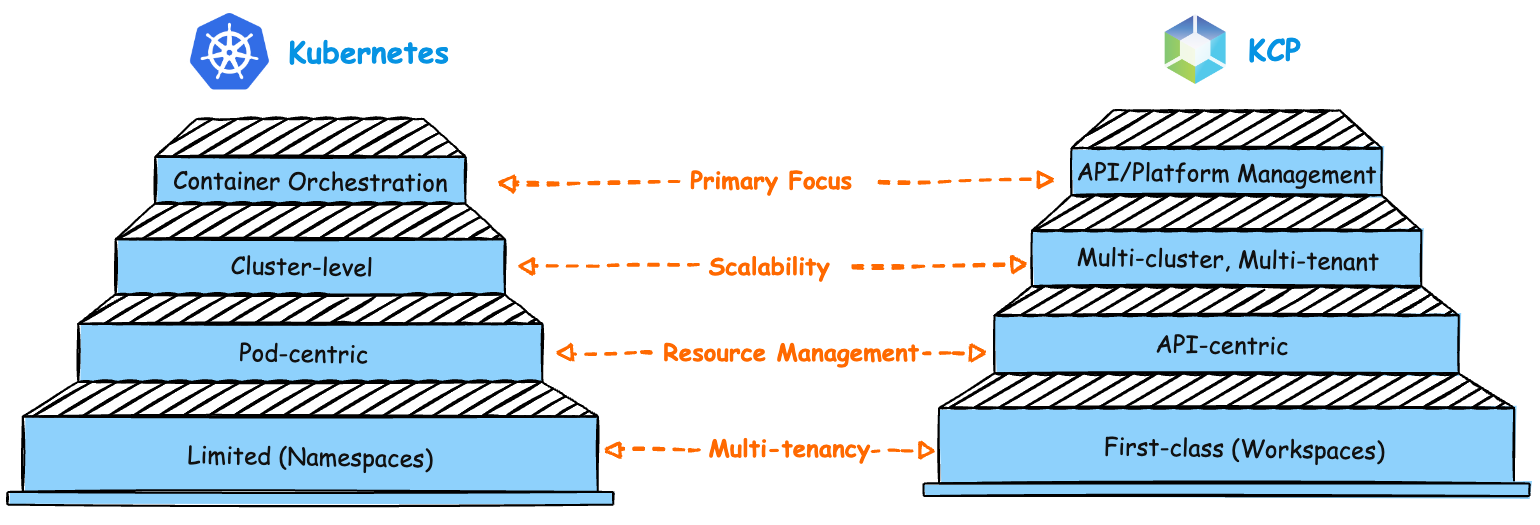Member-only story
A New Paradigm for Kubernetes Platform Engineering!
Understanding KCP
In the ever-evolving landscape of cloud-native technologies, KCP emerges as a groundbreaking project that reimagines how we build & manage platforms using Kubernetes-style APIs. While Kubernetes excels at container orchestration, KCP takes the powerful concepts of Kubernetes & extends them to solve broader platform engineering challenges.
🔔 Next installment on KCP series: “A Technical deep dive into Workspace in KCP” is out live here — https://medium.com/faun/a-technical-deep-dive-into-workspace-in-kcp-52c4898ad676.
What is KCP?
KCP is an open-source project that provides a Kubernetes-like control plane focused on application management across multiple clusters & environments. Unlike traditional Kubernetes, KCP is not primarily focused on container orchestration but rather on providing a robust platform for building control planes & managing APIs at scale.
Key characteristics of KCP includes:
- API-first architecture
- Multi-tenant workspace management
- Horizontal scalability
- Kubernetes-compatible API structure
How KCP Differs from Traditional Kubernetes

Core Architecture
- Control Plane Architecture: The KCP control plane consists of several key components:
- API Server: Handles all API requests &authentication.
- Workspace Engine: Manages workspace isolation & scheduling.
- etcd: Stores system state & configuration.
- Controllers: Manages the lifecycle of resources.

